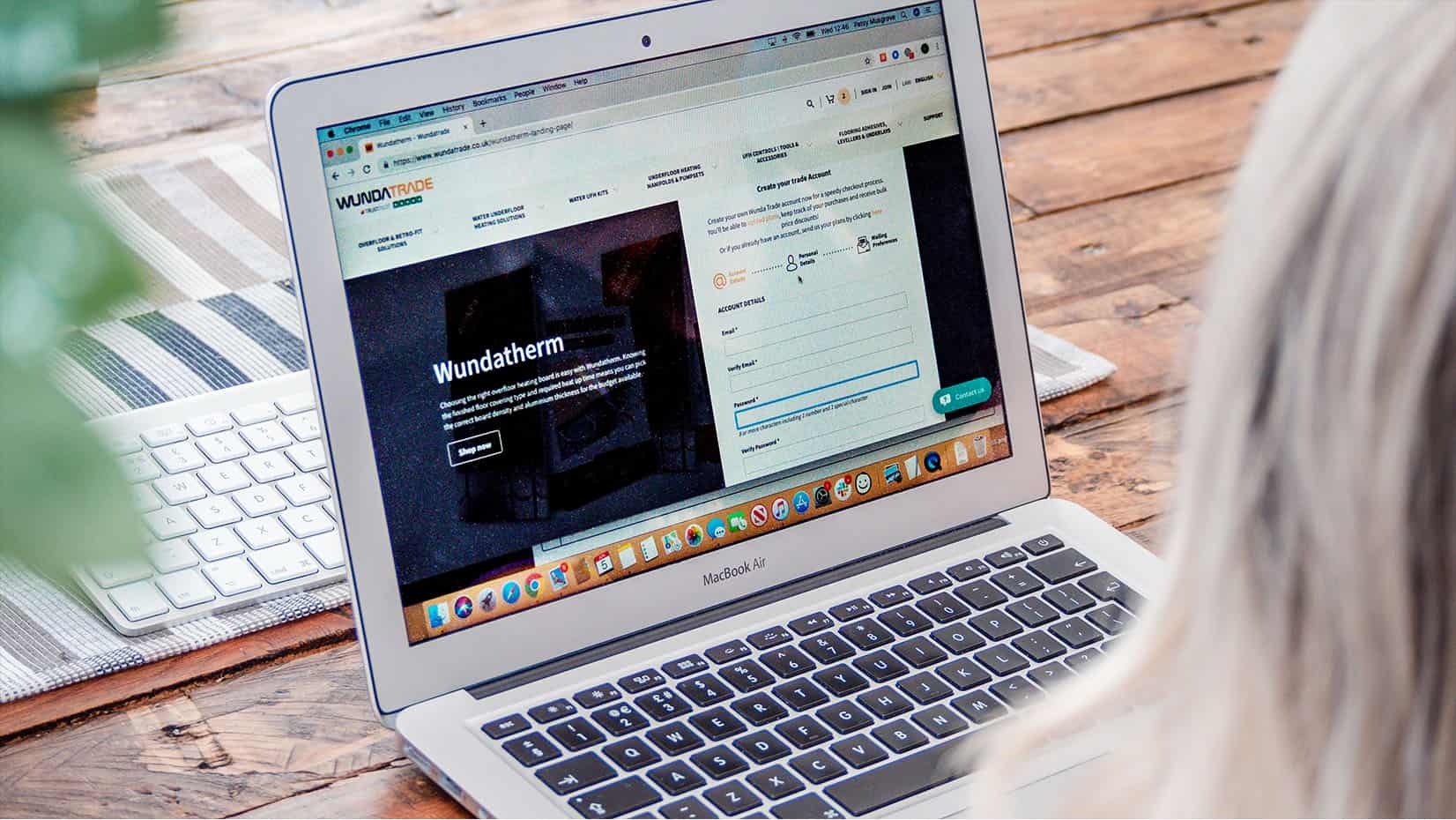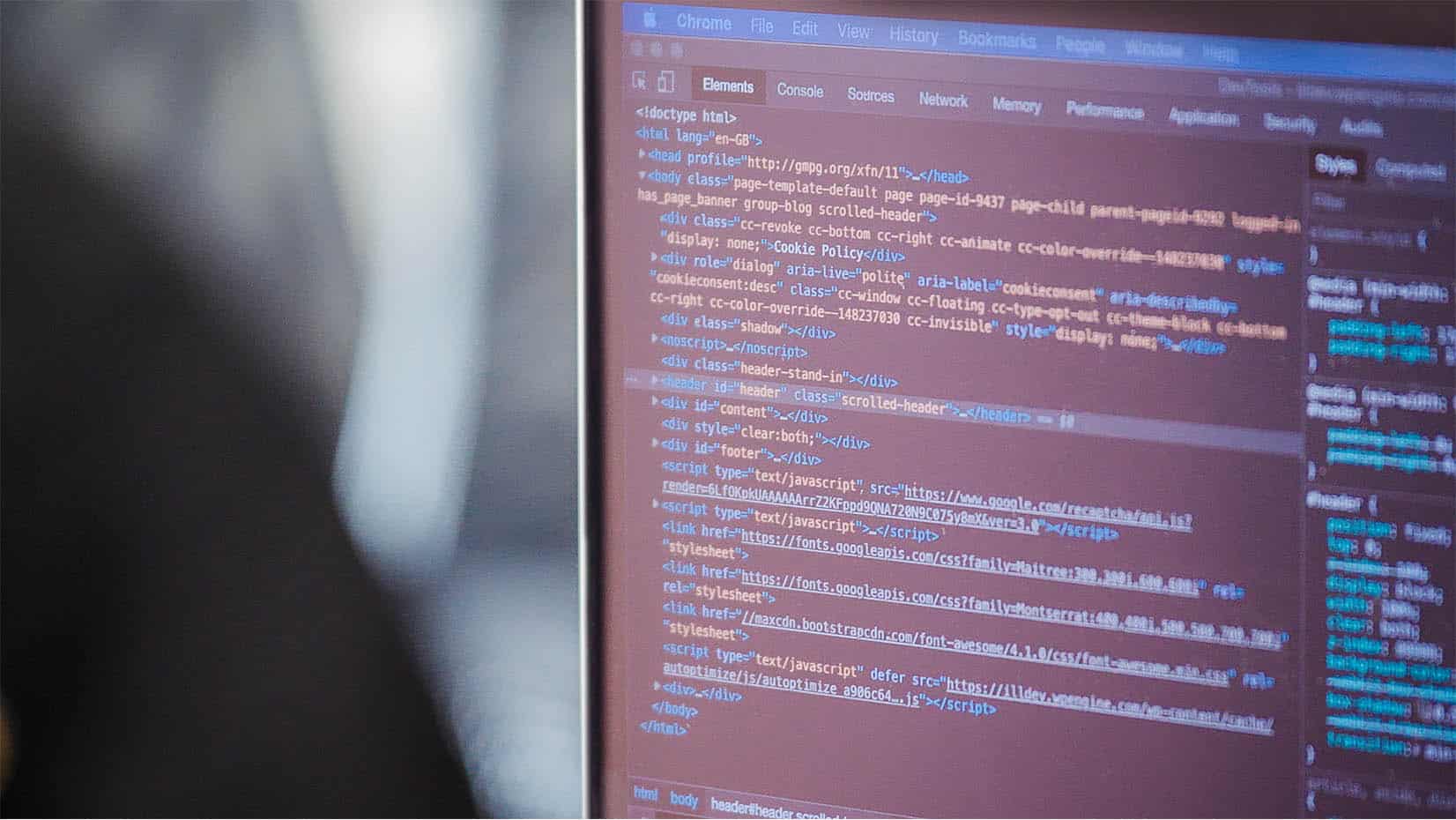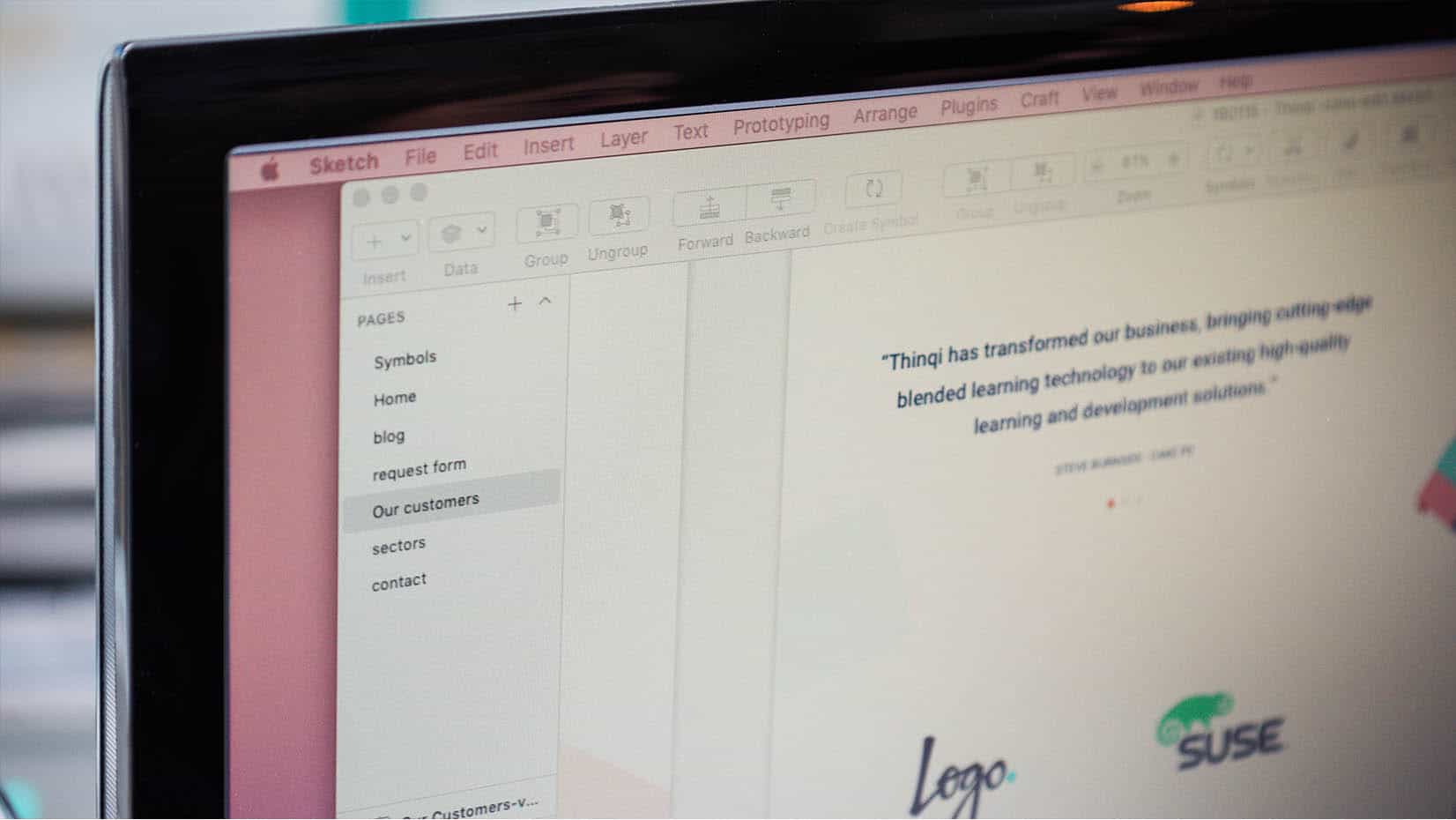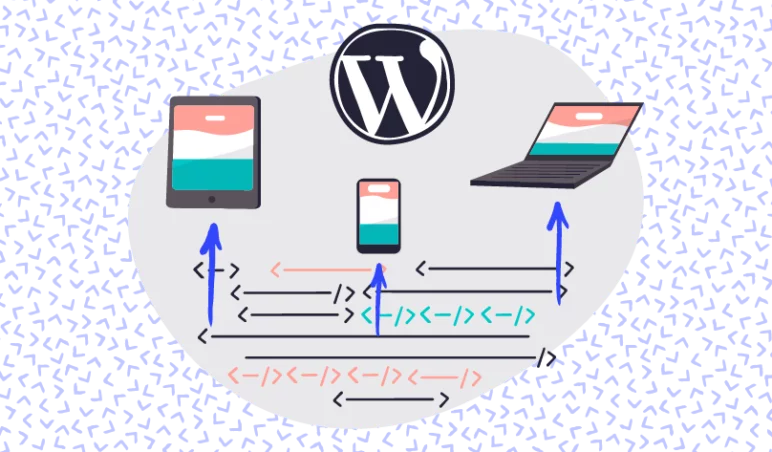Even if you’re not aware of it, your life has been impacted by UX design in some way. Whether it’s your tea kettle or your favourite website, someone, somewhere, has designed its experience with people like you in mind.
As a role, a UX designer is multi-disciplined. It requires a sound level of technical knowledge with a firm understanding of people: it’s a difficult mix to balance, but it’s also a rewarding and important part of the website or software creation process.
It is no surprise, then, that many want to be one – even if they’re not sure exactly what UX designers do.
Below, we talk to Consuela Onighi to discuss how to become a UX designer, the role UX design has in our WordPress development process and attempt to answer the much asked question: “what does a UX designer do?”
What is UX Design?

UX design is the interaction between humans and products or services. So, when utilising WordPress to create a site or piece of software, a UX designer is responsible for making the digital product feel human – they are there to ensure users interact with content with ease.
Broadly, you employ three methods to do this:
Structural Wireframes
Interactive wireframes provide a basis for the structure of a website. Having good content is great, but the content needs to be laid out in a cohesive, coherent way. It’s one of those aspects that sounds easy, but in reality, it takes expertise and some trial and error to pull off.
This is where the layout of a site is envisioned and it is the best opportunity to make changes to a site’s layout and to accommodate the user journey.
Visual Mockups
This is the stage where clients get excited: we apply styles and branding to a website, and it’s the point where all the research comes together to give the site a definitive look.
The mock-up stage is where most of the stereotypical aspects of design are applied – it’s where styles, colours, typography and branding are tied together.
Block-Based Design
We design with blocks in mind, which allows for extra flexibility. This makes it so websites are easier to create, update and expand, so clients aren’t locked in with one design, layout or even length of page or pages for the long-term.
Websites are always changing, and blocks allow UX designers to update them easily in line with the latest changes. They allow us to learn and adapt to make things better, avoiding the three to five year replacement cycle that seems to have become normal in the web industry in years gone by.
What Does a UX Designer Do?

So, UX design is just designing websites, right? Nope! In fact, designing is about 40% of the job.
On a day-to-day basis, there are lots of strategy-level conversations, user ideation, discussions around the user journey and a fair amount of technical, nitty-gritty work such as analysing user patterns and internal testing.
To be a good UX designer, you need to understand people and human behaviour. That means testing your theories with real users where possible and plenty of conversations with developers, bouncing ideas around to reach the best results.
This is all informed by not only a technical skill set but significant research. Whether it’s analysing competitors or the target market, the user experience is always built on a foundation of in-depth research.
In terms of testing, we use people who aren’t involved with the website project at all to see how they interact with it. They have no pressure or influence imposed on them, which means the way they act with a website provides a nice blank slate.
In testing, we’ll research a user’s mouse movement, patterns in their behaviour, where they get lost and any points where the user is interrupted. The last thing you want as a UX designer is for a user to be confused.
After that, the research and testing will inform the strategy: what was easy to do, what did users have trouble with, where can improvements be made?
UX design isn’t a static entity; it’s constantly changing, and as a UX designer, you need to stay aware of that to be ahead of the curve.
What Is The Day-to-Day Like?

At Illustrate Digital, the day usually starts with a morning meeting or project huddle. This differs on a project-by-project basis, but generally, we’ll discuss what we need to do, how we’ll do it, and have other strategic discussions.
After that, each day is completely different. We could be undertaking research for a new project and becoming immersed in their industries, researching competitors or parallel sectors to find out how they’re approaching industry challenges, testing and researching wireframes, formulating wireframes, testing prototypes, etc.
Describing the average day-to-day is tough as, well, each day is truly different as a UX designer. A lot is dependent on what project we’re working on at that time.
For that reason, you need a flexible set of skills as a UX designer. It’s an ideal job if you love variety.
How to Become a UX Designer

What does it take to create great user experiences for a living, what are the skills you need and what’s the best route to take to UX design? Let’s take a look.
The Skills You Need
To be a successful UX designer, you need to have the right technical skill set. Creating wireframes and understanding how they’ll be implemented at code level is a big part of the job. Having a theoretical background of design and visual communication skills will certainly help when it comes to the detailed user interface and brand application that comes with creating a great web experience. It’s a job that requires multiple strings to your bow.
However, you need some skills that go a bit deeper than that. To be a successful UX designer, you must see things from everyone’s point-of-view. Most websites have a variety of target audiences with different needs and expectations. There needs to be a presence of empathy in the design process – if you don’t put yourself in other people’s shoes, then it’s going to be difficult to create intuitive, user-friendly digital products.
The internet is used by everyone. While we always want to keep the target audience of the websites we design in mind, usability and intuitiveness need to stay universal.
You should be prepared to challenge developers to stretch the possibilities of usability. Ask questions, be inquisitive and give the project constructive challenges.
Transferring from Traditional Design Fields
Whilst I studied UX design at university to learn the theory and principles of usable websites and software, there’s more than one route to becoming a great UX designer.
Design is a highly transferable skill that finds its motivations in the same foundation as UX, human behaviour. This behaviour is very different for digital products than print design, for example. There’s a lot more interaction, movement and short attention spans involved when compared with holding and feeling a well-designed and printed brochure.
Digital graphic design draws the closest comparisons with UX design. Creatives who are familiar with digital design find the transition more smooth as a lot of the same principles apply, but the key skill required is understanding the journey the user needs to take from one section or page to the next. When you grasp this, how to research and test for it, then you’ve achieved a lot of what’s necessary to produce great user experiences in the digital context.
Interestingly, designers with specific digital branding experience seem to acclimatise to UX design the best, as they’re used to grasping the concept of the full customer experience required for a brand before thinking about the journey that follows, and this is what a lot of user experience is about.
Discover The Benefits of Expert UX Design
To learn more about our expertise, and how you can benefit from it, read more about our UX design offerings.
The internet is growing every day, is it time you created a different, better experience for your audience?

















